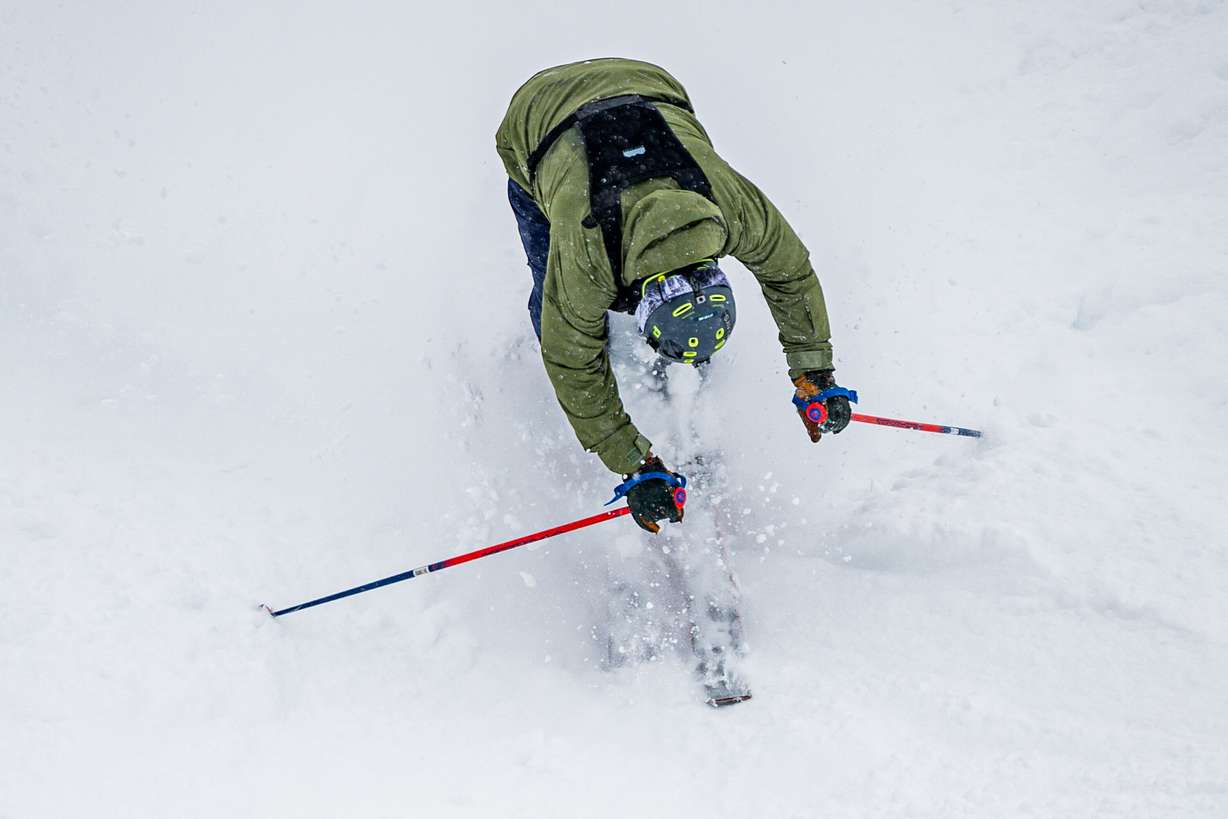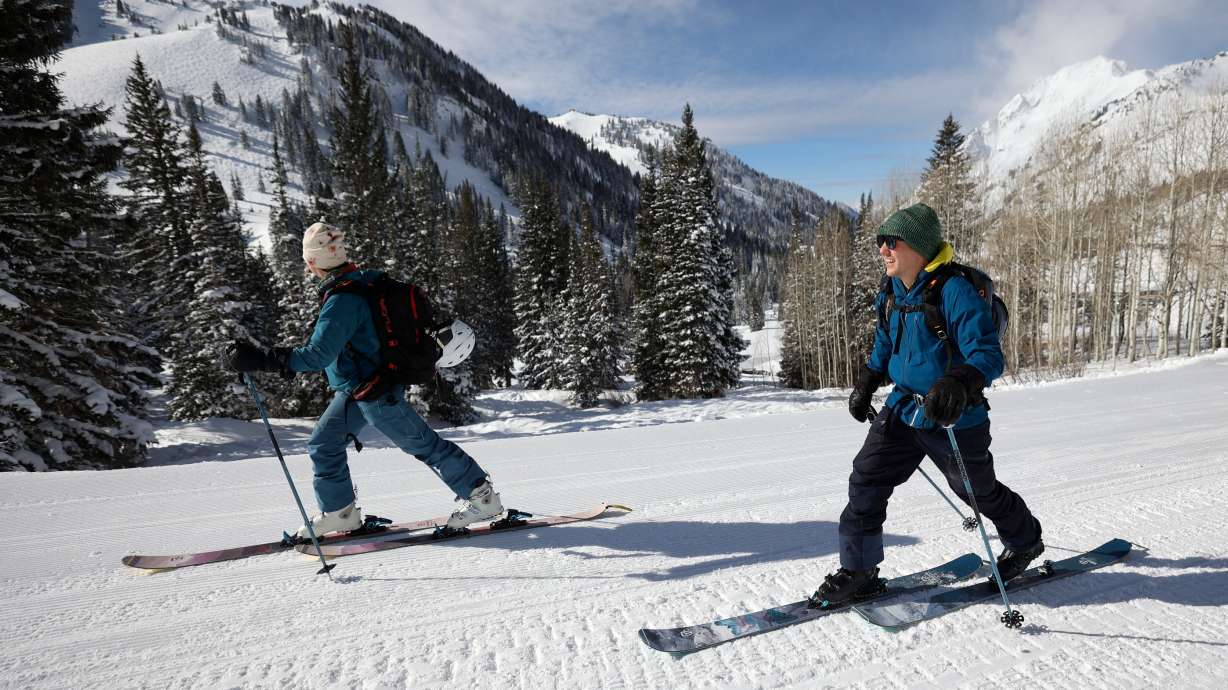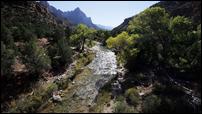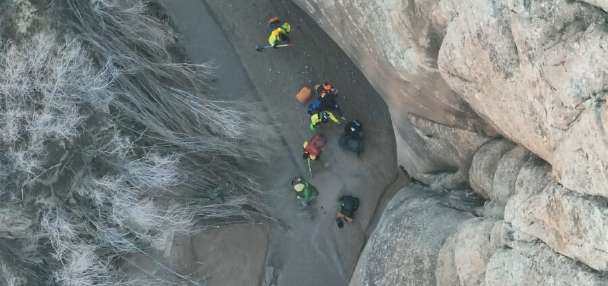Estimated read time: 3-4 minutes
- The 2024-2025 ski season was the second-highest on record with 61.5 million visits.
- Rocky Mountain states accounted for nearly 43% of skier days nationwide, boosting growth.
- U.S. ski areas invested $624.4 million in improvements, focusing on lift infrastructure upgrades.
DENVER — Ski resorts in the Rocky Mountain states accounted for nearly 43% of all skier days nationwide during the 2024-25 season, which turned out to be nearly the biggest year ever.
Preliminary data from the National Ski Areas Association shows that the past season marked the second-highest visitation on record at U.S. ski areas, with a total of 61.5 million skier visits, a 1.7% increase over the previous season.
A skier visit is counted each time a person uses a lift ticket or pass at a ski area. The number is preliminary because several resorts are still open. The ski association kept skier visit stats since the 1978-79 season.
Only the 2022-23 season — which brought record snowfall to Utah and other ski areas — with 65.4 million skier/snowboarder visits nationally surpassed this year.
Performance goals
"Several years ago, we set an ambitious goal of reaching a three-year rolling average of 60 million skier visits. We've now surpassed that benchmark for four consecutive seasons," said National Ski Areas Association president and CEO Michael Reitzell. "While weather will always be unpredictable, this year was less volatile overall, and nearly every region saw solid snowfall."
Reitzell said the 2024-2025 season may come to represent a new baseline for the industry. "Even if 'normal' continues to evolve, this season gives us a strong point of reference for what steady, healthy growth looks like," he said.
Skier visits are a key performance indicator for the ski industry. This second-highest visitation on record suggests that the U.S. ski industry remains healthy and that demand for outdoor recreation continues to be strong, according to the ski association.
Related:
Factors contributing to this season's growth include increased visits at small- and medium-sized ski areas; a record-setting year in the Pacific Northwest; a rebound in the Midwest following a dip last season, and continued growth in season and multiday passes. Also, the number of operating resorts rose from 484 last season to 492 this season.
Where skiers/snowboarders go
The National Ski Areas Association breaks the country into six regions. Regional highlights include:
- The Pacific Northwest recorded its best season on record, with 4.7 million skier visits — a 10.9% increase over the previous year.
- The Midwest also experienced a strong rebound, with a 21.8% increase in skier visits after a 26.7% decline the prior season due to unseasonably warm weather.
- The Rocky Mountain region — Utah, Colorado, Montana, Idaho, Wyoming and New Mexico — accounted for 42.9% of all national visits in 2024-25, ranking third out of 47 seasons on record.

Fluctuations in skier visits could be tied to snowfall, according to the ski association. More snow generally means more skiers and snowboarders on the mountain.
Average snowfall at resorts nationally totaled 150", marking a 6.9% decrease year-over-year, and less than the 10-year average of 175". Snow was below the 10-year average in the Rocky Mountain, Pacific Southwest and Pacific Northwest regions. The Southeast and Midwest Regions were slightly above average, while the Northeast was right on average.
Nearly half (49%) of all skiers and snowboarders nationally were season pass holders, while about a third (32%) bought day lift tickets. Frequency products, off-duty employees and complimentary passes account for the remainder, per the National Ski Areas Association.

Making improvements
U.S. ski areas made $624.4 million capital investments this past season, based on 135 areas that responded to a ski association survey. As in the past, the most money was directed toward lift infrastructure, with 97 new and upgraded lifts installed at resorts nationwide.
Surveyed ski areas also reported that projects for next winter are already underway this spring, with $560.7 million in capital spending projected for the 2025-26 season, including plans for 47 new lifts and 70 lift upgrades.
Several of Utah's 15 ski areas recently completed or are in the middle of major improvement projects, including new lifts and lodges, expanded terrain and upgraded snowmaking systems.










